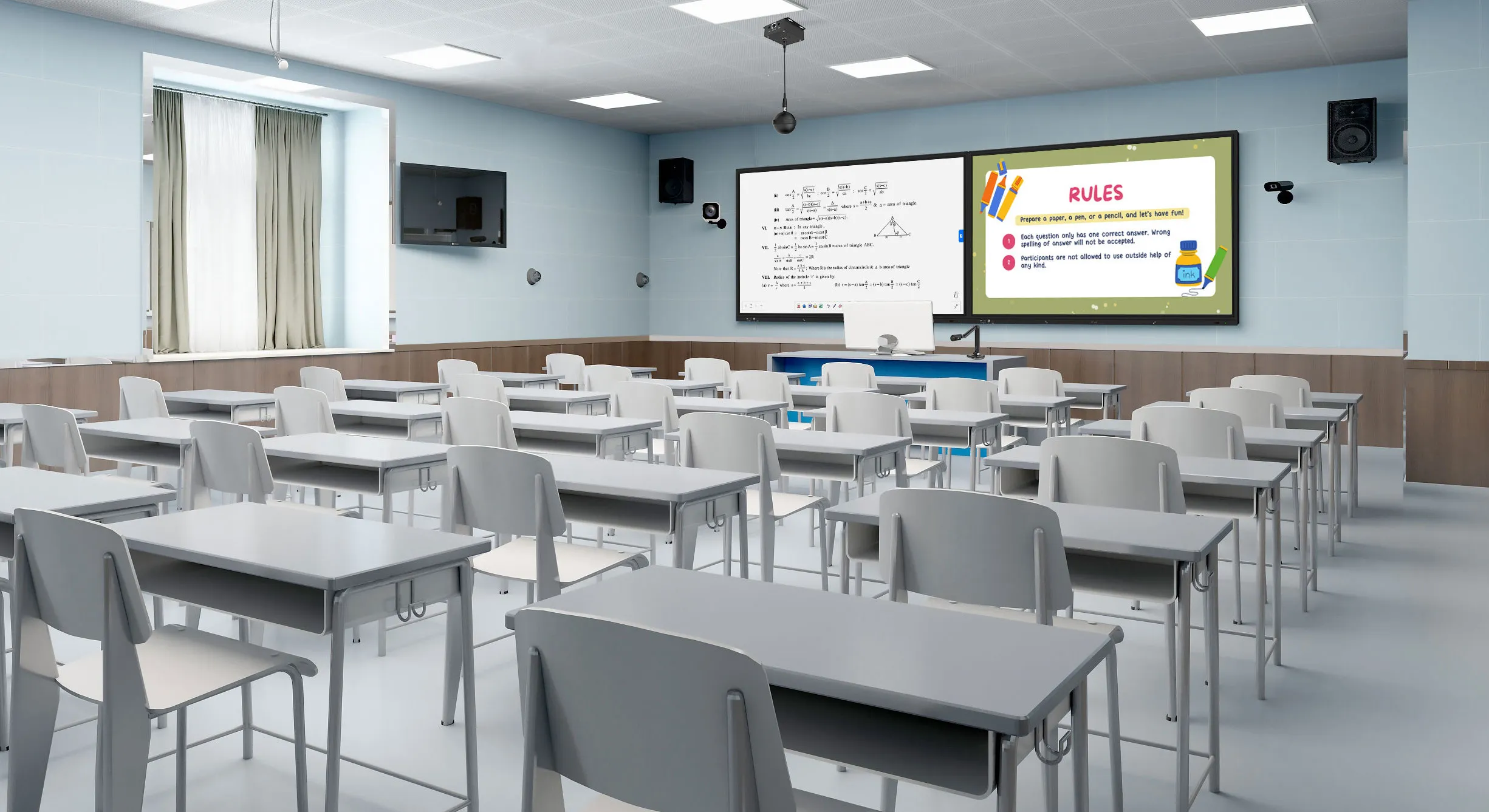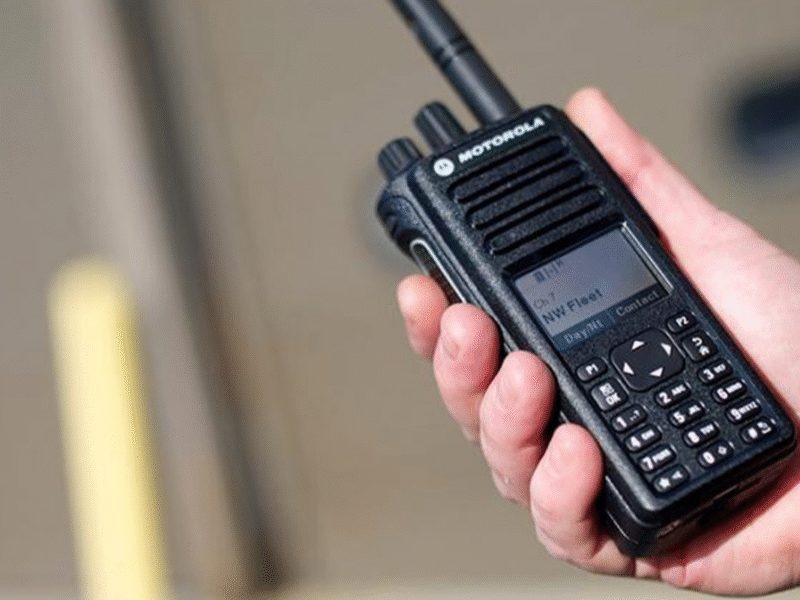In an era where digital transformation touches every facet of our lives, education stands at the forefront of this technological revolution. Traditional chalk-and-talk teaching methods are giving way to interactive, immersive, and highly engaging learning experiences. At the heart of this evolution lies the concept of the smart classroom—a modern educational environment that leverages cutting-edge technology to enhance both teaching and learning outcomes.
But what is a smart classroom exactly, and what makes it so transformative?
Let’s explore the core definition, highlight the features of smart classroom technologies, and delve into why this digital shift is not only beneficial but absolutely essential in today’s education landscape.
What Is a Smart Classroom?
A smart classroom refers to a learning space that integrates advanced technologies—such as interactive whiteboards, digital devices, high-speed internet, cloud computing, and learning management systems (LMS)—to foster collaborative and flexible learning. These classrooms are designed to make the educational process more efficient, inclusive, and effective.
Imagine a space where students don’t just passively listen but actively participate through real-time quizzes, multimedia content, virtual labs, and video conferencing. That’s the power of a smart classroom.
The concept is no longer futuristic—it’s rapidly becoming the global standard in primary schools, high schools, colleges, and corporate training environments alike.
Core Features of Smart Classroom Technology
To understand the real value proposition, we must examine the features of smart classroom systems that differentiate them from traditional setups.
1. Interactive Whiteboards and Displays
The chalkboard has been replaced by dynamic touch-enabled whiteboards and displays. These allow teachers to draw, annotate, stream videos, and present 3D models—all with a touch of a finger. Smartboards boost engagement by transforming passive lectures into interactive sessions.
2. High-Speed Internet and Wi-Fi Integration
Reliable internet connectivity is the backbone of any smart classroom. It enables real-time access to global educational content, video lectures, and collaborative tools. Students can instantly research topics, download assignments, or participate in online discussions, making learning seamless.
3. Learning Management Systems (LMS)
LMS platforms like Moodle, Canvas, and Google Classroom centralize coursework, assignments, grades, and communication between teachers and students. These systems make learning accessible anytime, anywhere—paving the way for hybrid and asynchronous learning models.
4. Student Response Systems (SRS)
Tools like clickers or mobile apps allow students to respond to questions instantly during lectures. This fosters interaction and provides teachers with real-time feedback on understanding levels, enabling them to adjust instruction on the fly.
5. Audio-Visual Aids
Smart classrooms are equipped with projectors, surround sound systems, and multimedia content that caters to various learning styles—visual, auditory, and kinesthetic. Educational videos, animations, and simulations enrich the curriculum and increase retention.
These cutting-edge technologies are essential features of smart classroom design and functionality, creating more effective, inclusive, and personalized learning experiences.
How Smart Classrooms Empower Educators
While students reap the most visible benefits, smart classrooms are equally transformative for teachers.
a. Efficient Lesson Planning
With digital tools, teachers can automate repetitive tasks such as attendance, grading, and content delivery. Many LMS platforms offer pre-built templates and integrations that save hours of prep time.
b. Real-Time Analytics
Educators can track each student’s performance through dashboards and heatmaps. This helps in early identification of struggling students and tailoring interventions before performance drops.
c. Improved Classroom Management
Digital attendance systems, behavior monitoring tools, and screen control software help maintain discipline and focus. Teachers can mute devices, lock screens, or launch pop quizzes without leaving their desks.
These benefits help redefine the role of teachers as facilitators and mentors, rather than just content deliverers.
Smart Classrooms vs. Traditional Classrooms
Let’s break down how these environments compare on key factors:
| Aspect | Traditional Classroom | Smart Classroom |
| Teaching Style | Lecture-based | Interactive, multimedia-rich |
| Assessment | Periodic exams | Continuous, real-time feedback |
| Accessibility | On-site only | On-site + remote + mobile |
| Engagement | Limited | High (gamification, quizzes, collaboration) |
| Content | Static | Dynamic, updated in real-time |
| Learning Style Support | One-size-fits-all | Customizable per student |
Clearly, smart classrooms aren’t just about adding gadgets. They represent a systemic shift in how we teach and learn.
The Evolution and Impact of Smart Classrooms Globally
From Finland’s highly digitized education system to India’s National Education Policy 2020 (NEP 2020), global trends are prioritizing smart learning environments. Smart classrooms support inclusivity, bridging the urban-rural divide by offering the same quality of education across geographies.
In the U.S., over 70% of K–12 schools now use interactive displays or digital devices in classrooms. India, meanwhile, is witnessing government initiatives like “Digital India” and “PM eVidya” that push smart education infrastructure across states.
Corporate training rooms are also adapting similar setups—proving that what is smart classroom technology today becomes tomorrow’s professional norm.
Challenges and Considerations
Despite the advantages, smart classrooms come with their share of challenges:
- Cost of Infrastructure: Smartboards, tablets, and high-speed internet involve significant investment.
- Digital Literacy Gap: Not all teachers and students are equally adept at using tech tools.
- Maintenance and Upgrades: Regular updates, repairs, and cybersecurity measures are essential.
- Power and Connectivity Issues: Particularly in rural or underserved regions, these can hinder adoption.
Overcoming these challenges requires thoughtful planning, teacher training, and budget allocation.
Future Trends in Smart Classroom Technologies
The innovation doesn’t stop here. Future smart classrooms may include:
a. AI-Based Personalized Learning
Machine learning algorithms will tailor content to individual learning speeds and styles.
b. AR and VR Integration
Immersive virtual labs, historical re-creations, and 3D modeling will become common in everyday lessons.
c. IoT-Enabled Devices
Smart lighting, air quality monitors, and voice-controlled systems will enhance the learning environment.
d. Blockchain for Credentials
Secure, tamper-proof academic records will become standard.
These developments will further amplify the features of smart classroom environments in delivering a futuristic learning experience.
Real-World Example: A Day in a Smart Classroom
Picture this: A 10th-grade science teacher walks into her smart classroom. She logs into the LMS and pulls up today’s lesson—“Photosynthesis.” A digital animation plays on the smartboard, showing how sunlight converts into energy.
Students participate via a quiz on their tablets. The teacher views the live dashboard, notices two students are lagging, and instantly assigns a simpler explainer video.
Later, the class breaks into virtual lab groups using AR goggles to “see” chloroplasts in action.
At the end of class, a summary and personalized homework assignments are sent to each student’s app.
That’s not science fiction—that’s today’s reality in hundreds of schools.
Final Thoughts: Why Smart Classrooms Are the Future
The question is no longer what is smart classroom, but how quickly we can adopt it to empower the next generation of learners. These classrooms are not just tech upgrades—they are pedagogical revolutions.
With enhanced engagement, tailored instruction, and scalable systems, smart classrooms are building better thinkers, leaders, and problem-solvers. As technology evolves, so will our ability to create inclusive, equitable, and quality education for all.
Let’s not just invest in gadgets—let’s invest in learning environments that truly prepare students for a digital-first future.



